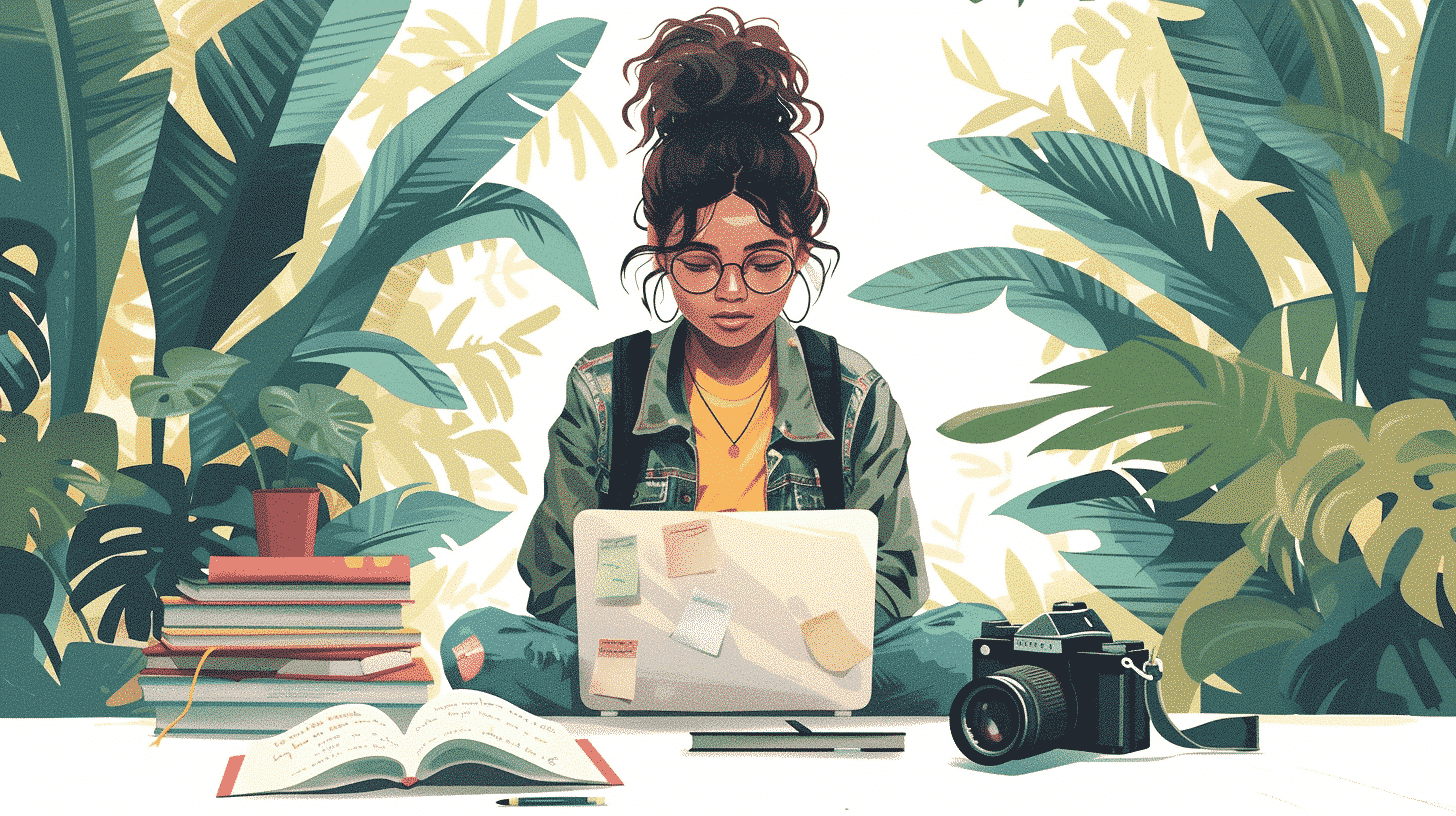Basic Materials
One of the first aspects to learn in any language includes basic material types. Here are some foundational words:
1. Wood – ไม้ (mái)
โต๊ะนี้ทำจากไม้สัก – This table is made from teak wood.
2. Metal – โลหะ (lo-hà)
กุญแจนี้ทำจากโลหะ – This key is made of metal.
3. Glass – แก้ว (gâew)
จอคอมพิวเตอร์นี้ทำจากแก้ว – This computer screen is made of glass.
4. Plastic – พลาสติก (phlâa-stìk)
เก้าอี้นี้ทำจากพลาสติก – This chair is made of plastic.
5. Fabric – ผ้า (phâa)
ชุดนี้ทำจากผ้าไหม – This dress is made of silk.
Textures
Describing texture can add a layer of specificity and vividity to your descriptions. Here are some common textures in Thai:
1. Smooth – เรียบ (rîiap)
พื้นผิวของโต๊ะนี้เรียบมาก – The surface of this table is very smooth.
2. Rough – หยาบ (yàap)
ผนังห้องนี้มีพื้นผิวหยาบ – The walls of this room have a rough texture.
3. Soft – นุ่ม (nûm)
หมอนนี้นุ่มมาก – This pillow is very soft.
4. Hard – แข็ง (khǎeng)
พื้นนี้แข็งมาก – This floor is very hard.
5. Slippery – ลื่น (lûen)
พื้นในห้องน้ำลื่น – The bathroom floor is slippery.
6. Sticky – เหนียว (nìeow)
สติกเกอร์นี้เหนียวมาก – This sticker is very sticky.
Combining Materials and Textures
To build more complex sentences and improve your fluency, try combining materials and textures. Here are some examples:
1. กระเป๋านี้ทำจากผ้าหนังและมีพื้นผิวเรียบ – This bag is made of leather and has a smooth texture.
2. โคมไฟนี้ทำจากแก้วและมีพื้นผิวหยาบ – This lamp is made of glass and has a rough texture.
3. โต๊ะไม้ที่นี่แข็งและมีพื้นผิวเรียบ – This wooden table is hard and has a smooth surface.
Practical Applications in Daily Conversations
Understanding how to describe materials and textures in Thai can be incredibly useful in everyday situations, such as shopping, navigating, or even in emergencies.
1. ต้องการซื้อผ้าห่มที่นุ่ม – I want to buy a soft blanket.
2. กรุณาแสดงให้ฉันเห็นถุงที่ทำจากพลาสติกที่เหนียว – Please show me the sticky plastic bags.
3. ระวังพื้นลื่นที่บันได – Be careful of the slippery floor on the stairs.
Enhancing Your Vocabulary
The key to mastering material and texture descriptions in Thai lies in practice and exposure. Try to use these words and phrases as much as possible, and don’t hesitate to expand your vocabulary by asking locals or teachers for more examples. Engaging with authentic materials, such as books, magazines, or even product labels, can also provide valuable learning opportunities.
In conclusion, mastering the art of describing materials and textures in Thai will not only boost your language skills but also enhance your interaction with the Thai culture. Whether you’re shopping, describing an object, or simply trying to make small talk, these descriptive words will serve as essential tools in your language learning journey.










